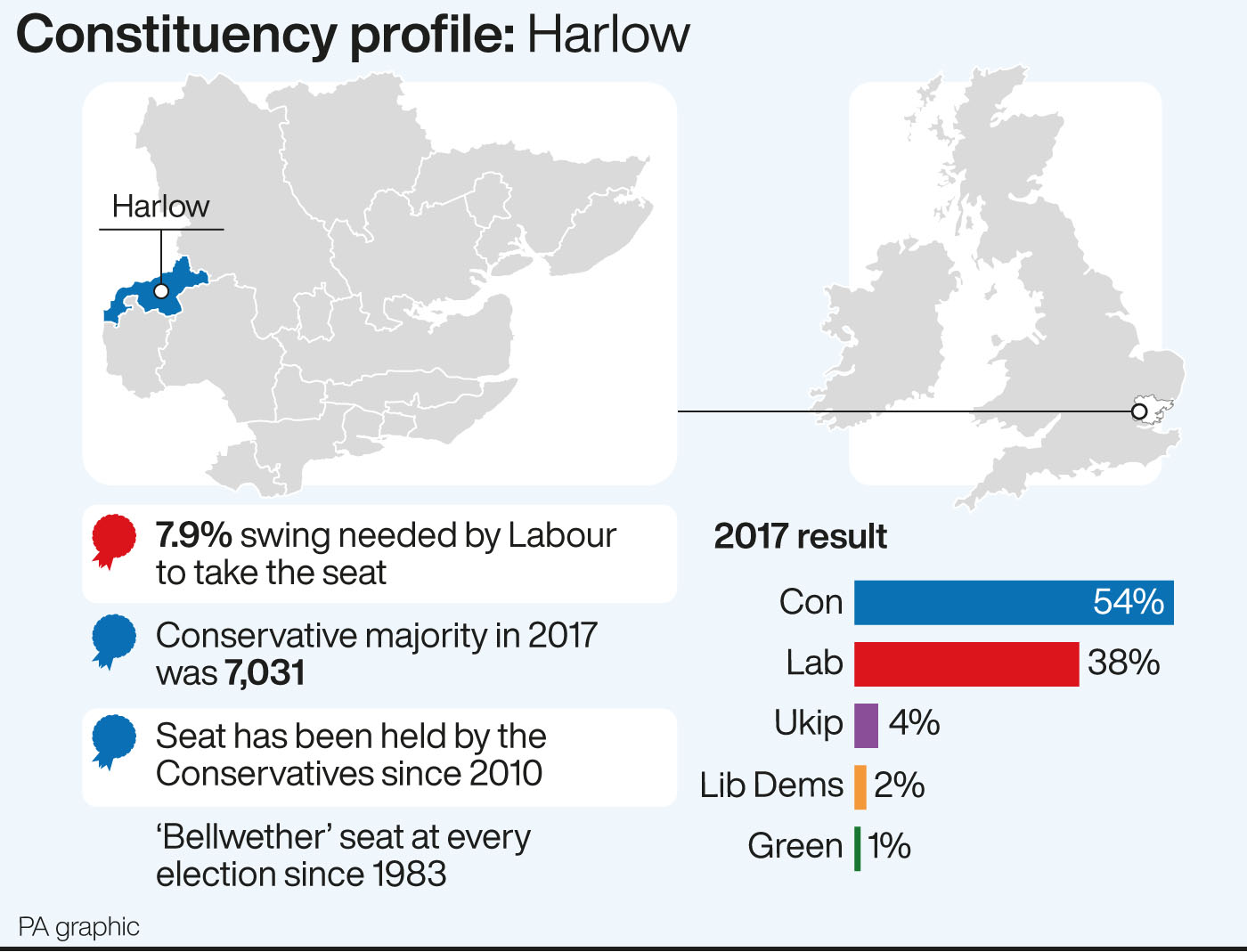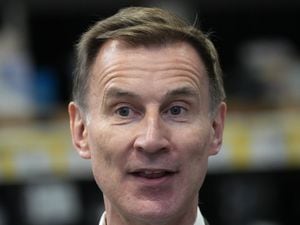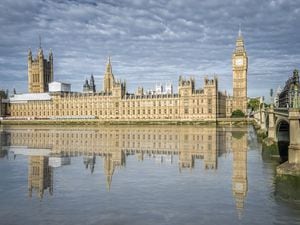Constituency profile: Harlow
Key facts about one of the election battleground seats.

The constituency of Harlow, which Jeremy Corbyn visited on Tuesday, is one of Labour’s more ambitious election targets.
It ranks at number 71 on a list of Conservative seats most vulnerable to Labour.
The party would need a swing of 7.9% to take it from the Tories.
That’s the sort of swing which, if replicated across the country, would put Labour on course for an overall majority in the House of Commons.
Harlow has the distinction of being a so-called “bellwether” seat: since 1983, whichever party has won in Harlow has also gone on to form the government.

The constituency was held by Labour from 1997 to 2010, since when it has been represented by the Conservative MP Robert Halfon.
At the 2017 election, Mr Halfon held the seat with a majority of 7,031 – down slightly on the 8,350 majority he achieved in 2015.
The seat is traditionally a two-horse race between the Conservatives and Labour.
In 2017 the Tories took 54% of the vote and Labour 38%.
Ukip came a distant third on 4%, followed by the Liberal Democrats (2%) and the Greens (1%).
At the 2016 EU referendum, the area covered by the local authority of Harlow – not the same area as the parliamentary constituency – voted 68.1% Leave and 31.9% Remain.
This was the 20th highest Leave vote in the UK.





